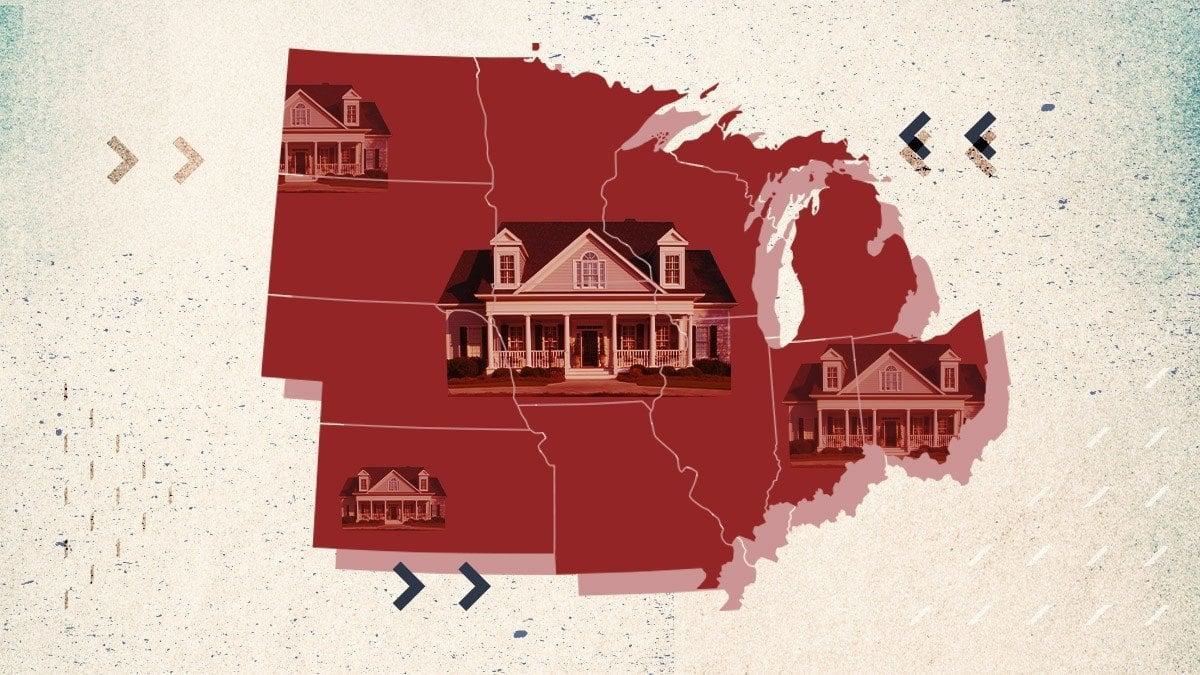Homeowners Associations govern millions of American households. These private entities provide local services and enforce community rules.
HOAs have grown from 10,000 in 1970 to 365,000 in 2023. Over 75 million Americans now live under HOA governance.
Florida: The HOA Capital of America

Florida boasts the highest percentage of HOA residents nationally. Nearly 45% of Floridians live in HOA-governed communities.
The state contains an estimated 49,420 HOAs. This prevalence surpasses even California’s 50,000 HOAs, which cover only 33% of its population.
New Florida Law Curbs HOA Power

Governor Ron DeSantis signed legislation limiting HOA authority. The law restricts HOAs from enforcing overly strict regulations.
It mandates transparency in rule-setting and board member training. This reform aims to protect individual property rights within HOA communities.
HOAs: Roots in 1950s Suburban Boom

The first recorded HOA formed in Rossmoor, California in 1959. HOAs proliferated alongside post-war suburban development.
They offered a private alternative to public local governance. This model appealed to those seeking exclusive, self-governed communities.
Segregation and Exclusivity in HOA Communities

HOAs often reinforce residential segregation patterns. A 2019 study found higher home prices in HOAs correlate with 1960s Black population levels.
HOA residents are more likely to be white or Asian. This exclusivity partly explains the “HOA premium” in housing prices.
HOAs as “Soft Secession” from Government

Historian Quinn Slobodian describes HOAs as a form of “soft secession”. They create small-scale alternative political arrangements.
Historian Quinn Slobodian describes HOAs as a form of “soft secession”. They create small-scale alternative political arrangements.
HOAs’ Impact on Public Resource Allocation

HOA members may resist funding public infrastructure outside their communities. Some states allow HOA dues to offset local taxes.
This can lead to reduced support for broader community needs. HOAs potentially erode the social contract beyond their boundaries.
NIMBYism and the Housing Crisis Connection

Many HOAs use their influence to block new housing development. They often prohibit multifamily or low-cost housing construction.
This contributes to housing shortages in supply-constrained areas. HOA-driven NIMBYism exacerbates housing affordability issues and inequality.
Residents Face Steep Fines, Eviction Threats

HOAs can impose significant fines for minor rule violations. Some residents have faced eviction over seemingly trivial infractions.
A Texas couple was sued for $250,000 for feeding ducks. These incidents highlight the potential for HOA overreach.
Florida’s Reform: Addressing Surface Issues

The new Florida law aims to curb excessive HOA regulations. It protects homeowners from unreasonable rules about parking and landscaping.
The law mandates more transparent HOA governance. However, it doesn’t address deeper structural issues with the HOA model.

